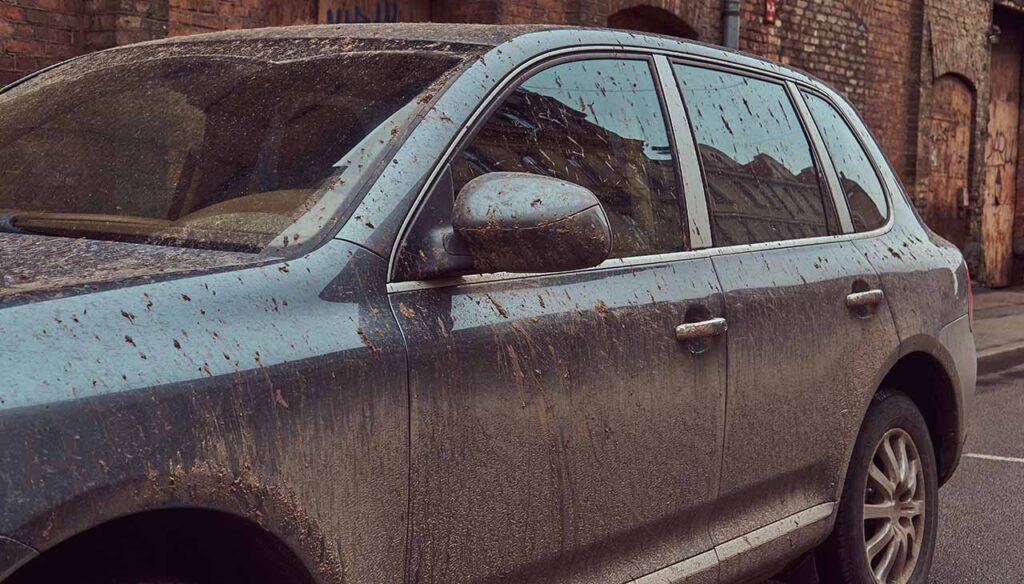The Importance of Rust Protection for Your Vehicle

Rust is a formidable enemy of any vehicle, leading to significant deterioration and diminishing its value and safety over time. The importance of rust protection cannot be overstated, especially in areas where the use of road salt and high humidity levels are prevalent. This layer of defense not only preserves the aesthetic appeal of your vehicle but also ensures its structural integrity. By investing in comprehensive rust protection strategies, vehicle owners can prolong the lifespan of their cars, trucks, and SUVs, safeguarding their investment and maintaining performance and reliability.
Why Rust Protection is Essential
Rust begins as a seemingly superficial issue, but it can quickly progress to compromise the structural integrity of a vehicle. When metal is exposed to moisture and oxygen, it triggers a chemical reaction that causes rust, which eats away at the metal over time. This deterioration is more than just an eyesore—it weakens the vehicle’s frame and critical components such as the brake lines, fuel tank, and exhaust systems. Such damage not only poses a significant safety risk but can also lead to costly repairs. In severe cases, rust can render a vehicle structurally unsound, thereby failing safety inspections and significantly reducing its resale value. Therefore, understanding and mitigating the effects of rust is critical for ensuring the longevity and safety of any vehicle.
Types of Rust Protection
Electronic Rust Inhibitors
Electronic rust inhibitors offer a modern approach to rust protection by using a small electric charge to deter the rusting process. This method, also known as cathodic protection, involves attaching a device to the vehicle’s body that emits a continuous charge, creating an environment where rust formation is significantly slowed down. This technology is particularly beneficial for protecting hard-to-reach areas that traditional methods may miss.
Undercoating
Undercoating provides a thick, protective layer to the underside of the vehicle, which is most susceptible to rust due to exposure to road salts, moisture, and debris. This method involves applying a specialized sealant, often made of rubber-based compounds, to protect against corrosion, dampness, and the abrasive action of grit and gravel. Undercoating not only helps in rust prevention but also offers noise insulation for a quieter ride.
Wax Oil Sprays
Wax oil sprays serve as a versatile rust protection method, suitable for both the external body and the intricate internals of doors, joints, and crevices. The wax-based solution displaces moisture and forms a protective coating that prevents the metal from oxidizing. Easy to apply, wax oil sprays are popular among vehicle owners looking for a straightforward way to enhance their vehicle’s resistance to rust. This method is effective for periodic maintenance and can be reapplied as needed to ensure continuous protection.
Benefits of Rust Protection
Investing in rust protection significantly prolongs the lifespan of a vehicle by preserving its structural integrity and keeping critical components free from corrosion. This vigilance not only maintains the aesthetic appeal and reliability of the vehicle but also ensures it remains safe to drive for years to come. Furthermore, vehicles that are well-maintained and rust-free retain a higher resale value, providing owners with a greater return on their investment when it’s time to sell or trade-in. Additionally, by preventing rust early on, vehicle owners can save a substantial amount of money on costly repairs that would otherwise be necessary to address corrosion-related damage. Essentially, rust protection is a financially savvy strategy that safeguards both the vehicle’s value and its owner’s investment.
When to Apply Rust Protection
The optimal timing and frequency for applying rust protection largely depend on several factors, including the vehicle’s age, the climate it operates in, and the type of protection used. For new vehicles, it is advisable to apply rust protection as soon as possible to prevent any rust from starting. Ideally, this should be done before the vehicle is first exposed to harsh weather conditions or environments that can accelerate corrosion, such as coastal areas with salty air or regions that use road salt during winter.
For vehicles already in use, rust protection should be applied at least once a year, typically in the fall before winter conditions set in. This timing helps prepare the vehicle for exposure to road salts and moisture, which are most prevalent during the colder months. However, vehicles in high-risk areas for rust, such as those frequently exposed to humidity, saltwater, or heavy precipitation, may benefit from semi-annual applications in both spring and fall to ensure optimal protection year-round.
In addition to these general guidelines, vehicle owners should regularly inspect their vehicles for signs of rust or damage to existing rust protection measures. If any wear or damage is detected, reapplication or touch-ups should be performed as necessary to maintain continuous protection. Following the manufacturer’s recommendations for the specific type of rust protection product being used is also crucial for achieving the best results.